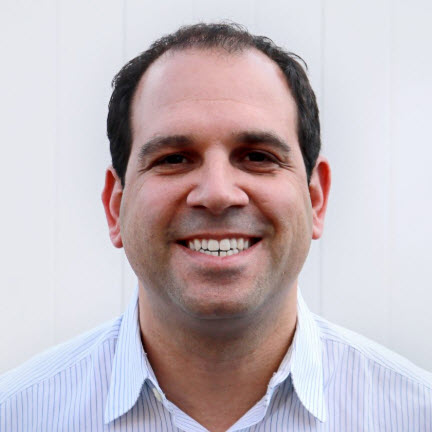
Exclusive Interview with Starbuds Founder and CEO Brian Ruden
Starbuds has been focused on the plant and people since its inception, but it has shifted from a vertically integrated company to a largely retail-focused company. Founder and CEO Brian Ruden spoke with New Cannabis Ventures about his company’s evolving business model, the promise of new markets and 2019 revenue projections.
Ruden, who was one of the entrepreneurs profiled on MSNBC’s “Pot Barons” in 2014, started in Colorado cannabis industry back in 2010. Previously a practicing attorney, he’d always harbored an entrepreneurial drive that made the cannabis space the perfect fit. Starbuds started out vertically integrated, as all cannabis business did in Colorado. Today, the company has one small grow left in the state, and most resources are being used on its retail strategy. Ruden realized that cannabis as a commodity could be grown on a much larger scale and decided to differentiate Starbuds as a product company.

Starbuds has locations in multiple states including Colorado, Massachusetts, and Maryland. Additionally, the company is part owner of licenses in Louisiana and Hawaii. Ruden sees Colorado as a fully mature market where location is essential to success. In the early days of the market, customers would go to find a dispensary in a warehouse district, but that is no longer the case. For example, the company just opened an Aurora, Colorado location with plenty of traffic and residential space around it. Location paired with branding and customer experience offer an important lesson for emerging markets, according to Ruden.

Ruden has high hopes for Massachusetts and Maryland markets. Meanwhile, the company is taking a different branding approach in the strictly regulated medical market for Louisiana. The company’s location in the state will be called the Apothecary Shop, rather than Starbuds. The state has a fairly narrow product mix and list of qualifying conditions, according to Ruden. Over time, Ruden expects the market to allow for more product types, qualifying conditions, and potentially adult-use. When it does, Starbuds will already have established a presence there.
The company is also planning to open two if not more Starbuds locations in Oklahoma and pursuing licenses in New Jersey, Michigan, and Missouri. Additionally, Starbuds is carving out a presence in the Arizona and California markets through a joint venture with Vertical. Together, they will be bringing Kaviar branded products, which have already found success in Colorado and Maryland, to both states.

The Starbuds team is 300 employees strong, and the company will be adding another 40 to 50 people in the first quarter of next year as more locations open.
Outside of the United States, the company is establishing a presence in Canada through a joint venture with Compass Cannabis Clinics. The venture experienced a setback when Alberta froze licensing, but Ruden expects the company to have a bright future in Canada, particularly once licensing starts flowing and there is enough product for the market. He indicated that there will be several partnership announcements soon, and he expects the company to be one of the most successful retailers in Canada due to its locations.

Ruden expects Starbuds to reach $80 to $100 million in revenue next year, taking into account Kaviar sales in the open stores in Colorado and Maryland. Up until this point, he has run the company on small business principles without large institutional investors, focusing on profitability. As the market is changing, with market share becoming a key objective for leading companies, and as more funding has become available, Ruden expects Starbuds will either adopt a public model or sell to a public company to remain competitive.
Ruden is hopeful that government regulation will change to allow cannabis companies straightforward access to banking and remove the 280E tax. In the meantime, he is excited about entrance into new markets, as well as branding and consolidation opportunities.
To learn more, visit the Starbuds website. Listen to the entire interview:
